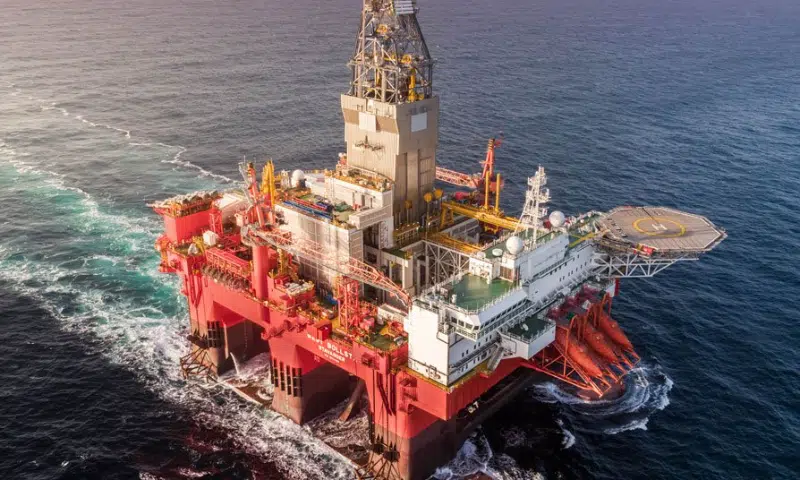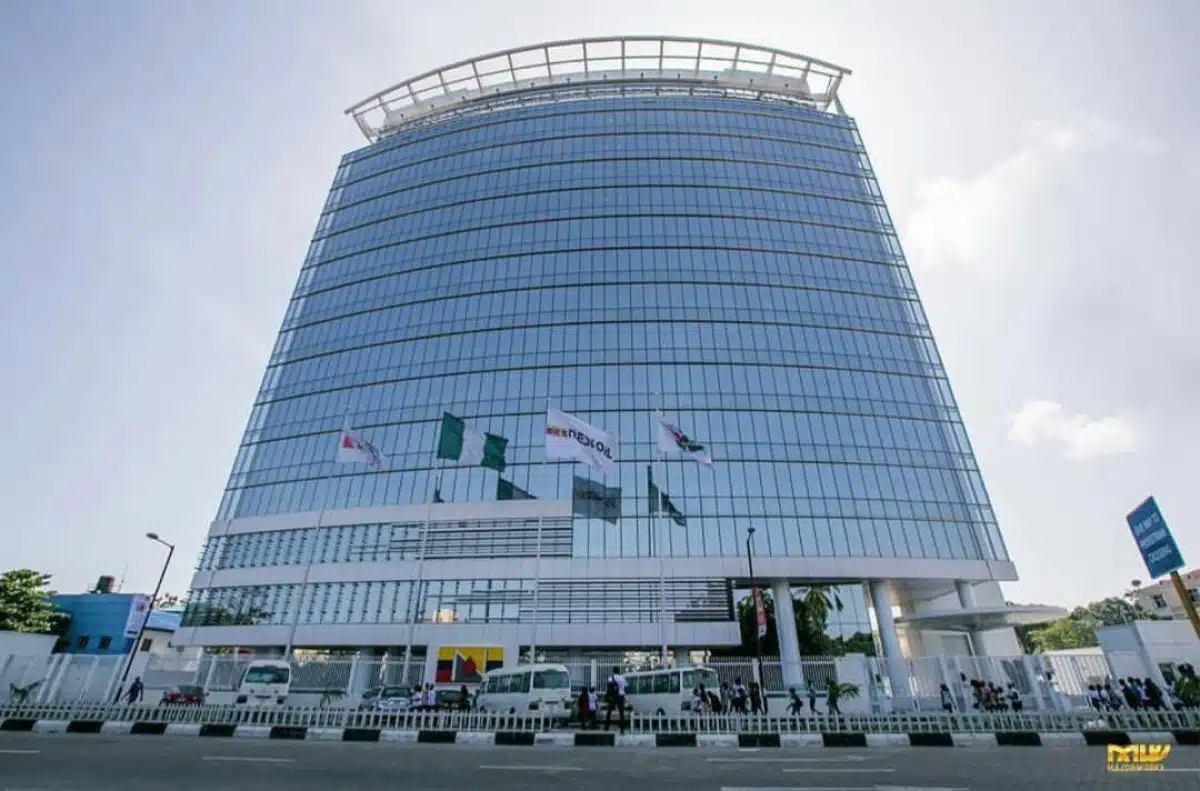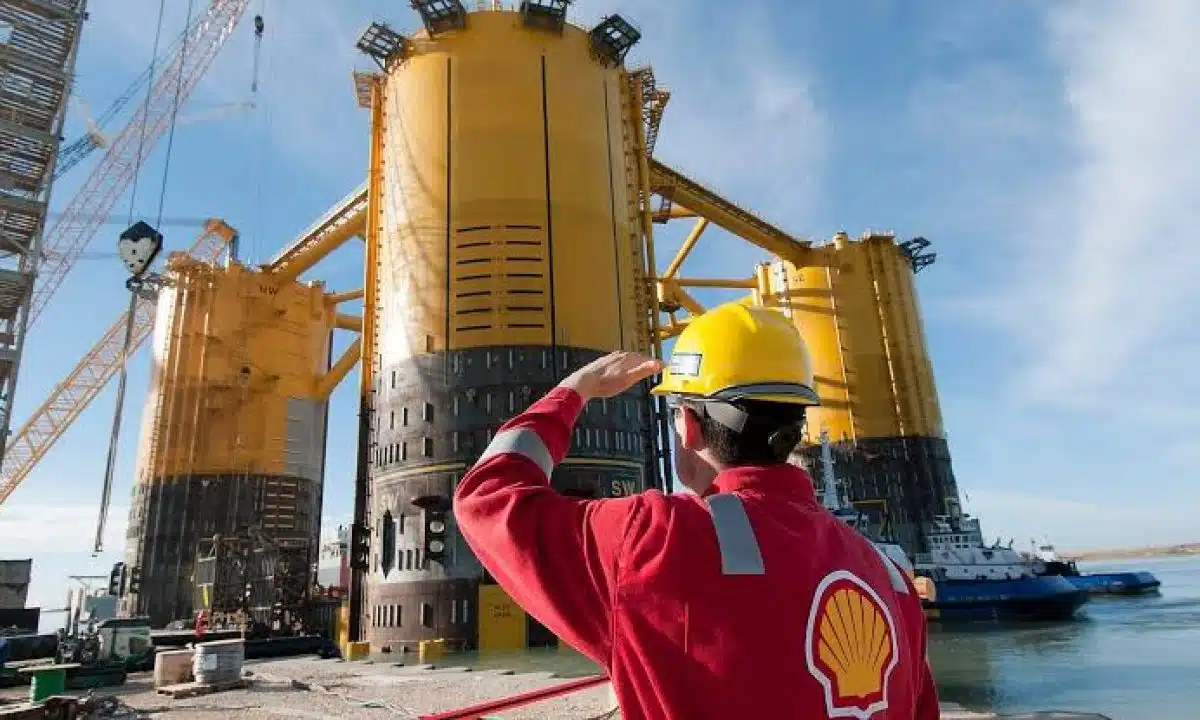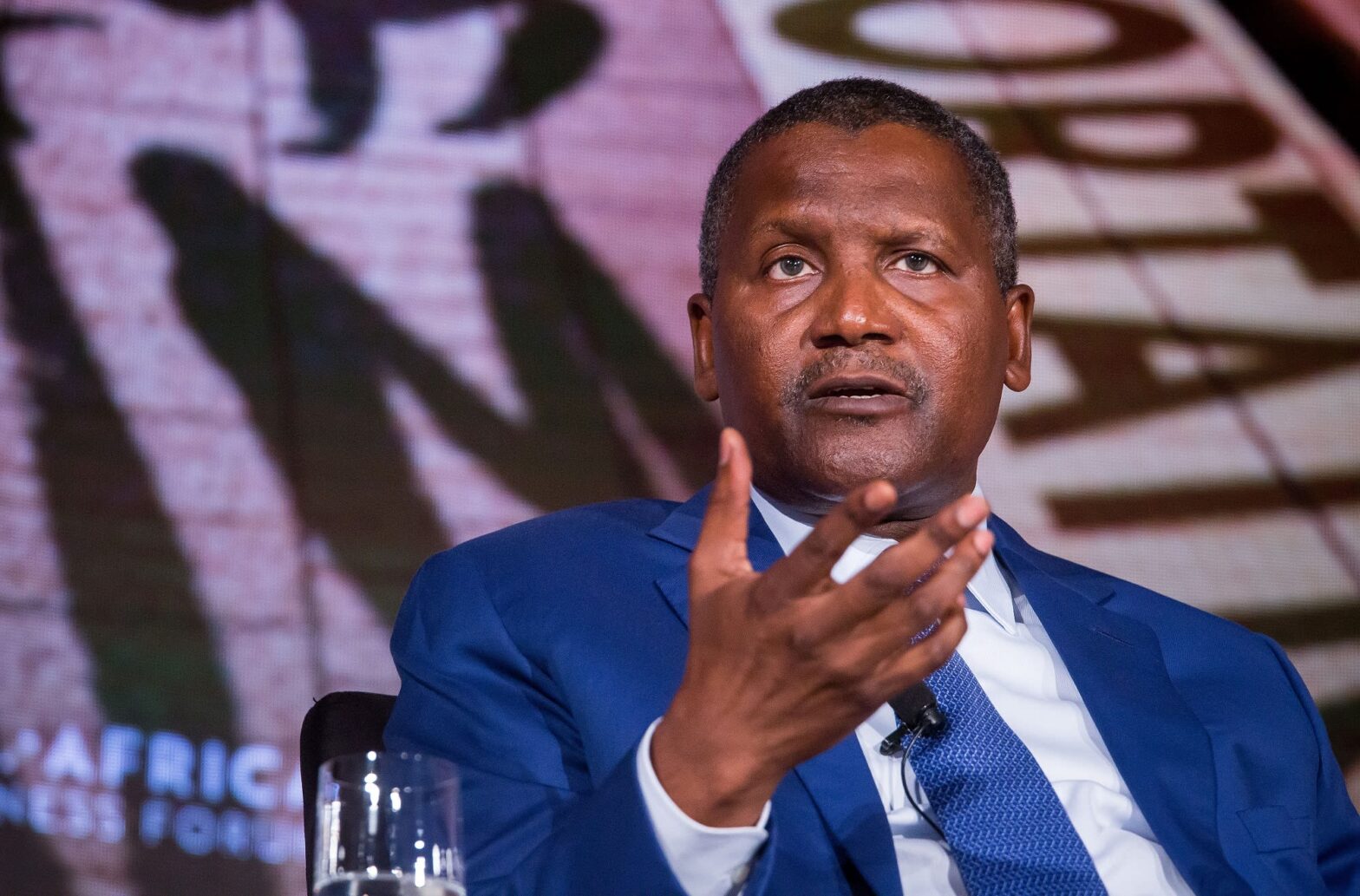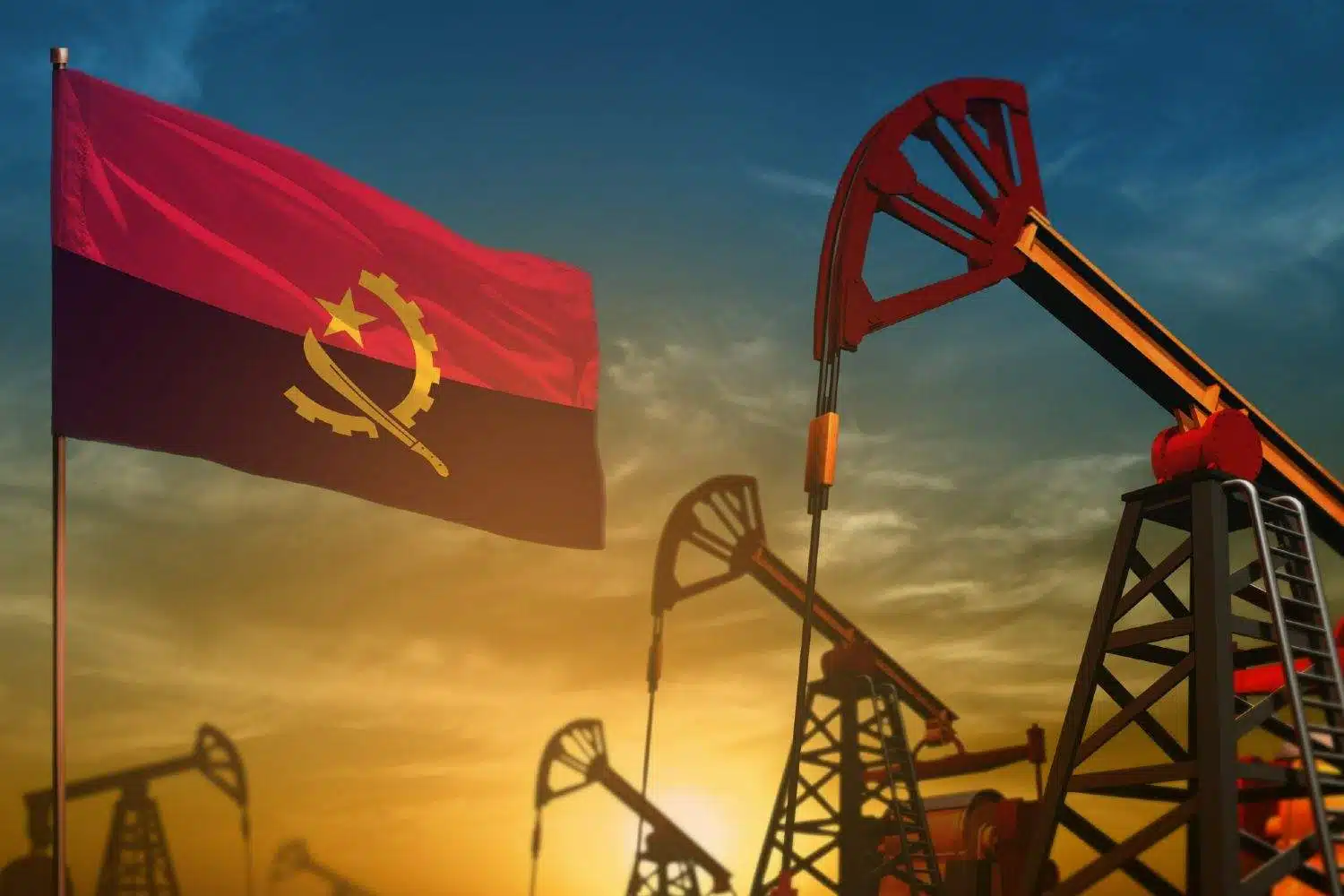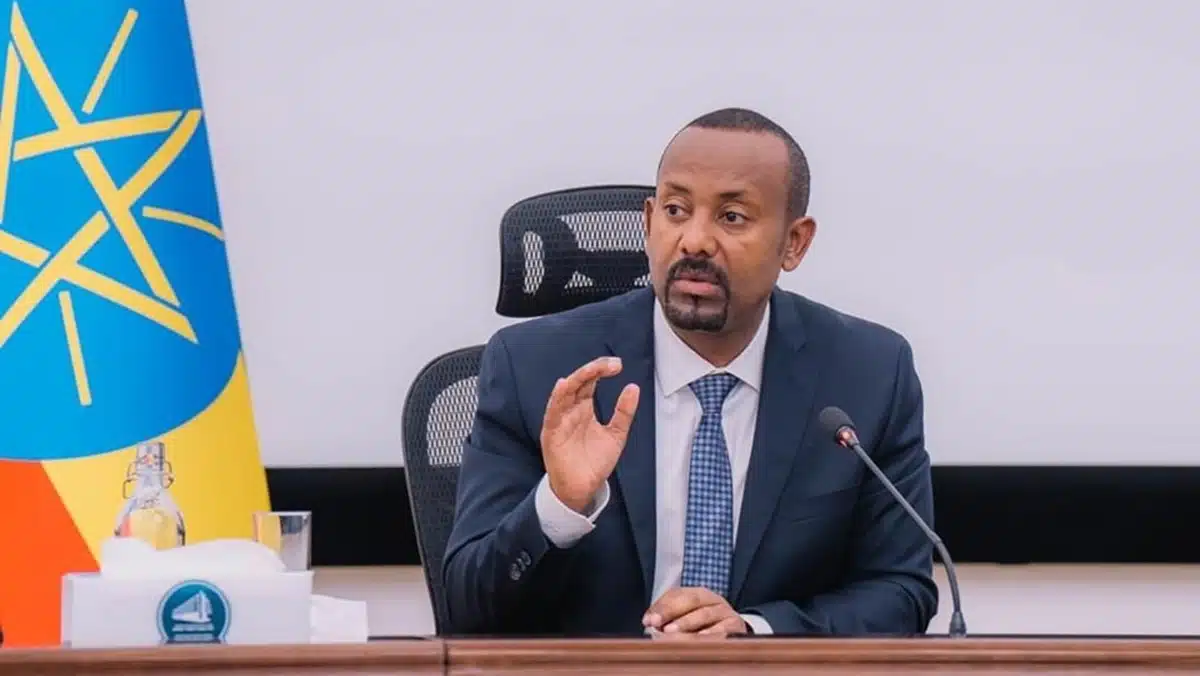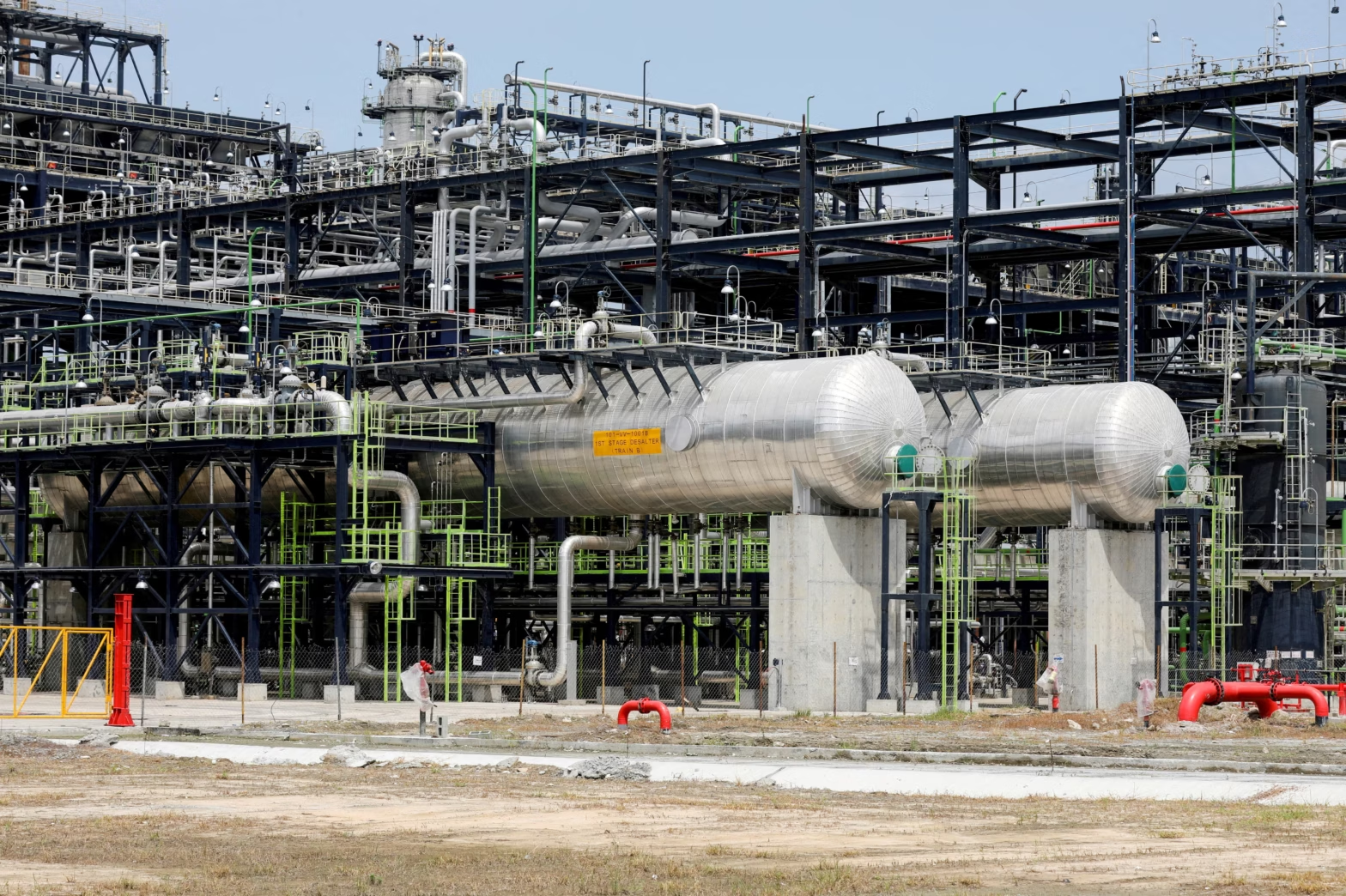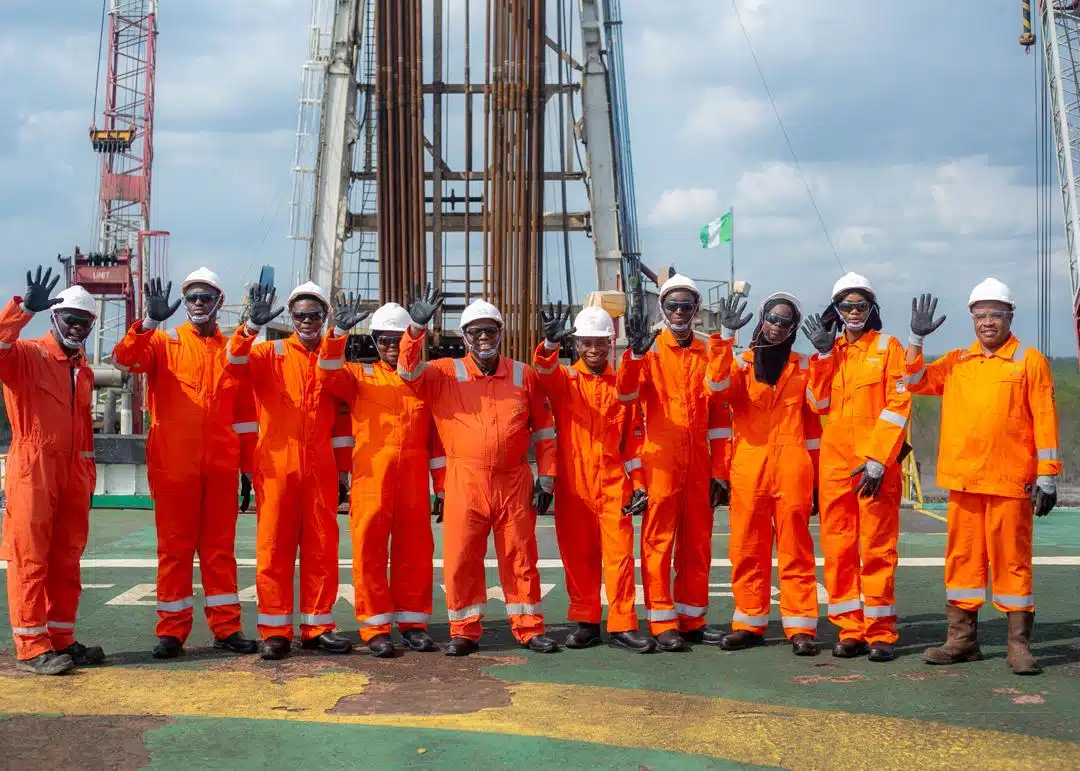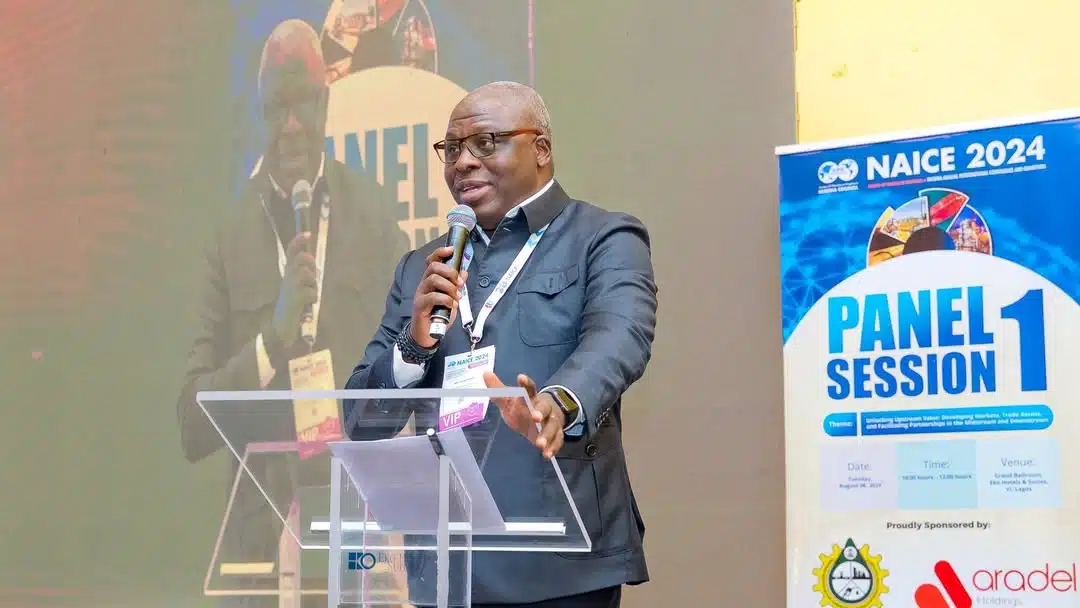In the space of just three years, Namibia has gone from a country barely mentioned in oil industry briefings to one of the most talked-about frontiers in global energy circles.
The change has been as dramatic as it has been swift.
For decades, Namibia’s economic story was told through diamonds, uranium and tourism; its coastline was more famous for shipwrecks and shifting desert sands than oil rigs and seismic vessels.
But in early 2022, a series of deep-water discoveries in the Orange Basin, announced almost back-to-back by Shell and TotalEnergies, rewrote the narrative.
Those finds — Graff and Venus — were not modest.
Early appraisals suggested billions of barrels of oil equivalent, with favourable reservoir conditions that could, if confirmed and commercially viable, propel Namibia into the ranks of Africa’s leading oil producers within a decade.
The excitement grew further when Portuguese energy company Galp announced its Mopane discovery in the same basin, estimating resources in the region of 10 billion barrels of oil and gas equivalent.
In the language of the industry, Namibia had gone from “non-player” to “tier-one hotspot” almost overnight.
The rush of interest was immediate.
Oil majors moved quickly to secure acreage, independents arrived to test geological models, and service companies began laying the groundwork for what could become the country’s most significant infrastructure build-out since independence in 1990.
Expectations meets technical reality
Government officials did little to temper the optimism.
Energy Minister Tom Alweendo spoke of oil revenues doubling GDP growth to 8 percent annually within a decade, cutting dependence on diamond exports and creating tens of thousands of jobs.
The prospect of first oil before 2030 was presented not just as an economic milestone but as a generational opportunity.
Draft plans for a sovereign wealth fund took shape, alongside proposals for local content rules. In the public mind, Namibia was already well on its way to becoming an oil power.
Yet, as in most new frontiers, the reality has been more complex. The oil is there — few dispute that — but so is the gas.
In some of the most promising reservoirs, the gas-to-oil ratio is high, creating commercial and logistical challenges.
Large-scale liquefaction requires billions in additional investment and firm offtake agreements.
However, in January 2025, Shell announced a $400 million write-down on its PEL 39 block, citing poor rock permeability and doubts over commercial viability.
Shell Chief Executive Wael Sawan also added that Namibia is no longer among the company’s top priorities for exploration spending.
He explained that Shell is now focusing its investments on regions with established assets and proven track records, such as the Gulf of Mexico, Malaysia, and Oman
Similarly, Chevron’s first Orange Basin well, Kapana 1X in PEL 90, also came up dry, with the company confirming it found no commercially viable oil or gas.
However, the results provided valuable geological data. Both episodes have underlined the technical risk of frontier plays.
Global market conditions have also shifted since the initial wave of discoveries.
Oil prices have been volatile, influenced by OPEC+ output strategies, uneven demand recovery, and the accelerating energy transition in major consuming economies.
For Big Oil, investment choices are now more heavily scrutinised, with shareholders demanding strong returns alongside credible decarbonisation plans.
Namibia’s case must therefore compete not only with other frontiers like Suriname and Brazil’s Equatorial Margin, but also with low-carbon projects and expansions in proven fields.
Even so, the fundamentals that first attracted investors remain: political stability, a relatively open investment framework, strategic location near major shipping routes, and the scale of the reserves.
On its part, TotalEnergies, which operates the Venus field in Block 2913B, is in talks with the Namibian government over financial incentives to support development, including credit support and partnerships with international lenders, in recognition of the project’s high costs and complexity.
The question is no longer whether Namibia has oil worth producing, but whether it can secure the capital, technology, and governance to bring it to market on terms that benefit both investors and citizens.
Why the Orange Basin still matters
What keeps Namibia on Big Oil’s radar is not just the headline size of its discoveries but the technical data emerging from appraisal campaigns.
The Orange Basin, which stretches along Namibia’s southern offshore frontier, has revealed a mix of reservoir quality, hydrocarbon column height and pressure regimes that geologists consider exceptional for such a lightly explored deep-water play.
Galp’s work on the Mopane structure confirmed high-quality light oil and well-connected sands across multiple horizons — characteristics that can mean lower recovery costs and fewer engineering challenges compared with other African deep-water prospects.
Activity remains brisk across the basin. TotalEnergies is pushing ahead with Venus and nearby prospects.
Rhino Resources’ light oil find at Capricornus 1-X has added another potentially commercial-scale target.
BW Energy is advancing work on its Kharas licence, while Chevron, ExxonMobil, and QatarEnergy have all expanded their acreage in both the Orange and Walvis basins.
Despite isolated disappointments, the basin’s geology continues to offer enough upside to keep capital flowing.
Navigating technical hurdles and market realities
Progress has not been without setbacks. Higher-than-expected gas content in some reservoirs remains a major challenge.
Namibia’s no-flaring rule means operators must invest in gas handling from the outset — whether through re-injection, processing, or monetisation — and that raises project costs significantly.
Shell’s $400 million write-down on PEL 39 underscored the risks, as did Chevron’s initial dry hole. Both came within days of each other, a reminder that frontier exploration carries no guarantees — even in what has been called the “world’s hottest postcode” for oil.
But fresh momentum is building.
Rhino’s discovery at Capricornus 1-X, with its strong reservoir properties, has revived optimism, and its upcoming Volans-1X well could, if successful, move rapidly towards development.
The investment story is no longer purely upstream.
For instance, Dangote’s planned 1.6 million-barrel storage facility in Walvis Bay could help position Namibia as a refined product hub for southern Africa, creating new midstream opportunities.
Balancing oil ambitions with governance
Namibia’s leadership is keenly aware of the dangers of mismanaging resource wealth. Lessons from Angola and Nigeria have informed a push for strong governance before production begins.
Plans for a sovereign wealth fund are advancing, alongside commitments to transparent licensing, robust revenue management, and equitable distribution.
The stakes are high. Namibia continues to face high unemployment, entrenched rural poverty, and one of the widest inequality gaps in the world.
Oil could transform the economy, but without careful management, it risks deepening divisions.
Diversification remains central to the government’s vision. Local content rules, infrastructure expansion, and renewable projects — including the 50 MW Cerim Lüderitz wind farm due online in 2025 — are part of a broader strategy to build resilience beyond oil.
Namibia’s location adds to its appeal, with established transport corridors and membership in SADC and SACU integrating it into regional markets.
The Namibian dollar’s peg to the South African rand provides monetary stability, though it also ties the economy to South Africa’s economic fortunes.
The decisive years ahead
Whether Namibia moves from a promising frontier to an established producer will be decided in the next 24 months.
Much hinges on whether technical solutions can be found for high gas content, whether financing can be secured for critical infrastructure, and whether governance reforms can keep pace with investment flows.
By 2027, several key milestones will tell the story: TotalEnergies’ decision on Venus, Galp’s ability to secure a development partner for Mopane, Rhino’s results from Volans-1X, and the delivery of midstream projects such as Dangote’s Walvis Bay terminal.
If these align, Namibia could follow a Guyana-style trajectory, moving from zero production to a substantial OPEC+ scale within a decade.
If they falter, the country risks remaining a frontier that promised much but delivered little.

